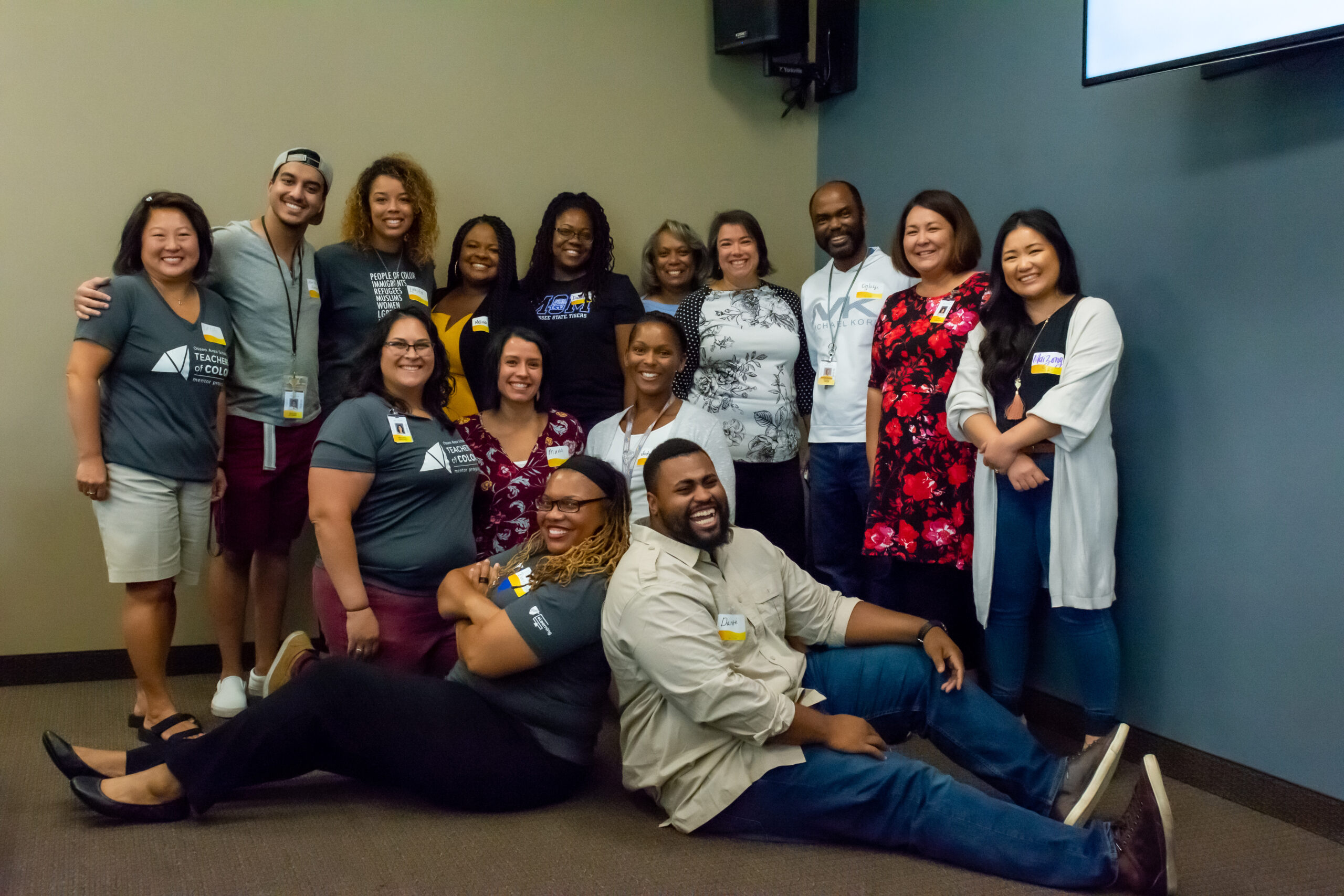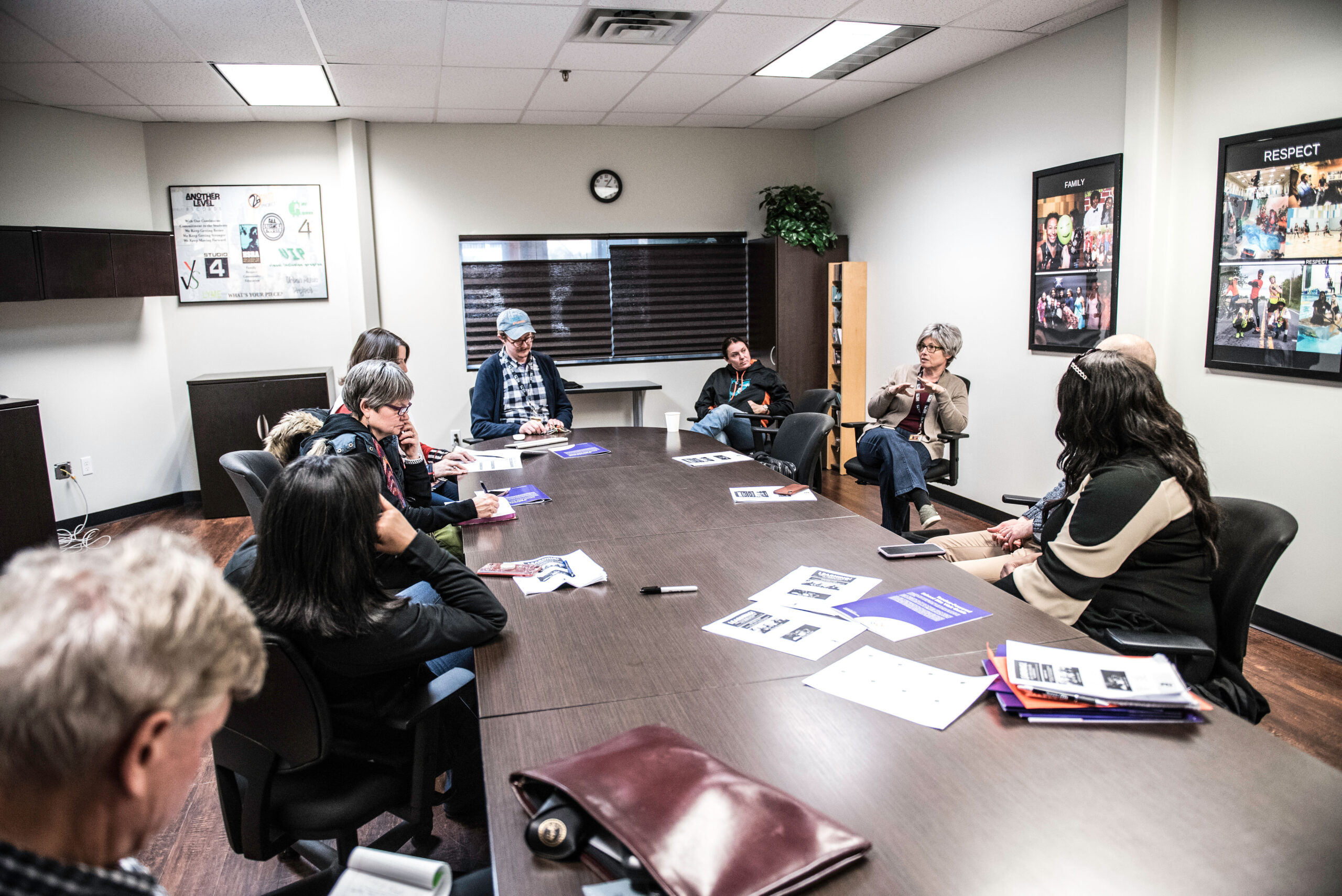This is the twelfth post in a year-long blog series on teacher retention. Read prior series posts here.
Throughout this series, we’ve highlighted the host of reasons teachers leave the profession, as well as several school-level approaches to foster cultures where teachers stay. In this post, we look at what’s being done beyond the school—on a district level—to keep great teachers. We talked to district administrators to ask, “How do you foster an ecosystem where teacher talent thrives?” This is what we heard.
Strategies That Districts Say Work
Earlier this year, Minnesota’s Professional Educator Licensing and Standards Board (PELSB) published results of a survey that asked the state’s school districts how, among other things, they work to retain teachers.
That survey of 315 districts, which was published within the 2019 Biennial Minnesota Teacher Supply and Demand report, showed that mentorship programs and professional development opportunities rise to the top as district strategies to retain teachers. Promotions and salary increases also made a purported difference in retention, though to a somewhat lesser extent. A few districts also noted a focus on work-life balance, coaching programs, and the creation of leadership teams as having an impact on teacher retention.

And while district administrators we spoke with for this blog post told us these are generally the types of strategies they employ, looking at them in isolation—as independent district programs and policies—won’t work.
“The key is don’t create a policy,” we were told, “because then it becomes an I have to not an I get to.” Efforts aimed directly at teacher retention are almost designed to fail. That is: if a policy, practice, or strategy is treated like an intervention—a way to hold onto dissatisfied or disaffected teachers—it’s too little, too late.
Instead, administrators described how these district strategies must be part of a larger, more cohesive effort to make schools more attractive workplaces and better learning environments for students. These cultures prize relationships and the value of individuals.
“It’s About Building a Relationship.”
Many districts prioritize relationships through mentorship, commonplace in most teacher induction programs. Typically, new teachers are paired with veteran teachers from the same field in some sort of formal arrangement.
At Osseo Area Schools, a voluntary mentor program is available to new teachers of color during their three-year probationary period with the district. They meet twice monthly with mentors, many of whom have been with the district for 8-10 years, some with decades of teaching experience. Mentors observe mentee classrooms to offer feedback and support. Dante Williams, Recruitment and Retention Manager at Osseo, said this evaluation is informal and private, not a district evaluation. “It’s about building a relationship,” he said.
After three years when teachers of color reach continuing contract status, the formal mentorship ends—but participation in the program is still encouraged. They stay part of the community of teachers of color and maintain relationships with mentors organically.
At Spring Lake Park Schools, new teachers receive early support via frequent check-ins from coaches and administration staff—visits aimed at finding out what new teachers need. Teachers also participate in rounding, an evaluation process often associated with the medical profession. Teachers gather in rounds to observe each other’s classrooms. They ask, “What’s going well? What do you need? Anything you want to give a shout out to? Anything else I should know?”
This process for new teachers is constantly iterative, changing as teachers respond to what works and what doesn’t. “Whatever we roll out won’t be perfect, but we’ll learn from it,” said Dr. Hope Rahn, Director of Learning and Innovation at Spring Lake Park.
These types of approaches to peer evaluation are key, administrators said. Facilitating more candid opportunities for feedback builds a sense of collaboration and collective efficacy among teachers, unlike hierarchical accountability measures that might alienate teachers from administrators and one another.
Teacher-teacher relationships aren’t the only kinds districts prioritize. Teacher-administrator relationships are just as important.
“[Our] principals should be in classrooms 70% of the day,” said Ryan Stromberg, Director of Human Resources and Organizational Development at Spring Lake Park. Not evaluating, he clarified—offering support, hearing feedback, building relationships with teachers and students.
Valuing Teachers Means Trusting Teachers
Strong relationships between administration and teachers form when teachers feel valued. This means valuing teacher voices—and administrators were conscious that this idea is too often paid little more than lip service. ‘Teacher voice’ has become cliché. For the districts we spoke with, valuing teachers means more than token participation and the illusion of influence. It means trusting teachers.

A recent report on retaining Minnesota teachers asserted that, to retain quality teachers, Minnesota schools must “provide the resources to allow educators and administrators to build collaborative working environments” and “increase support for teacher agency, which means granting autonomy to teachers as they respond to student needs and involving teachers in the school-wide decision-making process.”
A particularly important area in which to value teacher expertise and input is in the design of retention programs themselves. At Osseo, decisions over mentorship programs or teacher professional development are made with the input of teachers and administrators together. Said Mr. Williams, “It’s community based. We leverage the collective knowledge of the room.”
But districts are also intentional about creating space for teachers to drive larger school design decisions. At Spring Lake Park, over the last several years teachers have led planning teams charged with the redesign of physical learning spaces in schools across the district. Decisions related to facilities, to budget—administrative decisions—were made by teachers.
Formal Autonomy in Teacher-Powered Schools
One salient example of districts valuing teacher voice: a number of districts around the country have granted formal autonomy to teachers in teacher-powered schools, or schools where educator teams have autonomy and authority to make final decisions at their school site in areas impacting student success. These are collaborative working environments by design, prefaced on trust in teachers’ abilities and the belief that they will accept greater accountability in exchange for greater autonomy.
There are a few teacher-powered ‘ecosystems’ in districts across the country—in Los Angeles, Boston, New York. Locally, Minnesota is home to a few teacher-powered district schools, though most of the state’s 23 identified teacher-powered schools are charter.
“Teachers leave because they feel powerless,” said Lynn Nordgren, former teacher and past President of the Minneapolis Federation of Teachers. Nordgren, a supporter of teacher-powered schools, believes districts must do more to put teachers in charge of their profession—whether by moving to a teacher-powered model or granting teachers informal but greater authority.
In conversations with administrators, the view is clear: to retain teachers, districts need to create opportunities for authentic collaboration, meaningful input into decisions, relationships of trust, and as Dr. Rahn put it, hold “a belief in the infinite capacity of each person in the system to learn and grow.” Ultimately, the extent to which districts reflect this belief and truly value teachers can be seen in the professional respect, autonomy, and power teachers enjoy.
Found this useful? Sign up to receive Education Evolving blog posts by email.
We are grateful to the McKnight Foundation for their generous financial support for this series.


